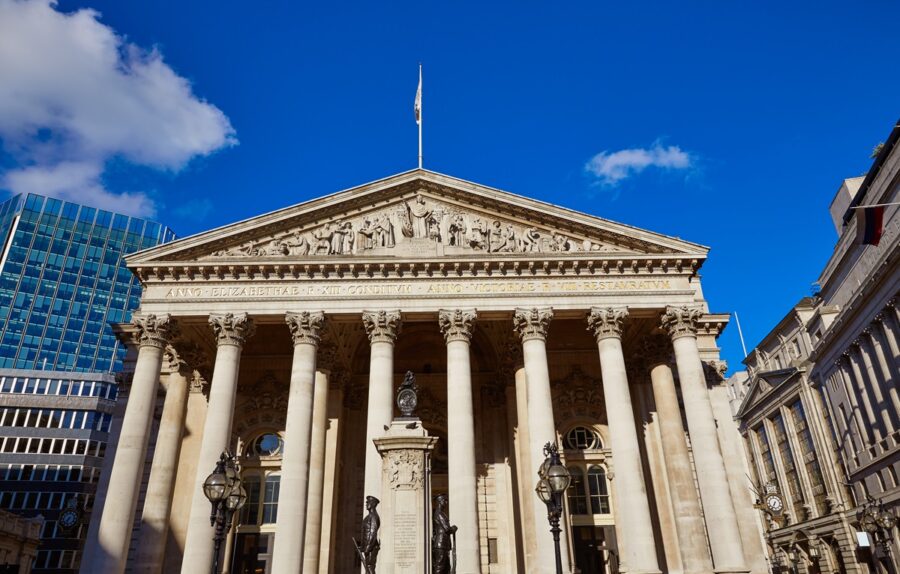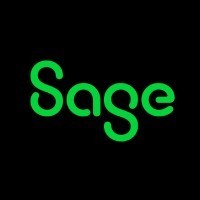
Blockchain, a distributed ledger technology that records and verifies data, was created with a clear ideological goal: to bypass central authorities in financial transactions. But many have grown fascinated by the more practical applications of the technology, particularly for streamlining back-office operations. Among the institutions most eager to explore these uses are financial exchanges.
Stocks can be bought and sold in milliseconds – but finalising trades remains a slow, cumbersome process, which can take days to complete. To ensure the correct transfer of shares, back-office staff must coordinate payment and delivery across a tangle of databases and then double-check everything, often manually.
Some exchanges are experimenting with blockchain’s tamper-proof ledgers to make speed up the process and reduce costs. Last month, the London Stock Exchange Group (LSEG) became the first exchange operator to launch a blockchain platform for private funds. Unlike similar platforms, which have been used only for isolated operations, LSEG’s digital markets infrastructure (DMI) covers the entire fundraising life cycle – from issuance to trading and settlement.
For now, the platform will be used only for private funds, but LSEG plans to expand it to other assets classes in the future. MembersCap, a reinsurance asset manager, has already used the DMI to raise capital for its latest private fund.
Similar to any technological breakthrough, blockchain has sparked both excitement and caution in finance circles. In an annual letter to shareholders, Larry Fink, the chief executive of BlackRock, called the technology an “extraordinary innovation” that makes markets “faster, cheaper and more transparent”. Others, however, worry that deploying still-nascent technology in core financial infrastructure invites significant risks in an industry where even small mistakes often have dire consequences.
Still, London’s new blockchain trading venue marks a pivotal shift for fundraising. Here are four key ways it could reshape private markets.
Faster fundraising
Private markets still rely heavily on manual processes during fundraising. Settlements alone – when investors’ funds are received, verified and confirmed – can take 40 to 50 days to complete. Clunky subscription processes, compliance checks and poor visibility, all of which lengthen the timeline and create additional costs, can discourage investors from participating, especially in early-stage or smaller funds.
By automating these steps, blockchain can cut settlement times from days to minutes, reduce friction and improve transparency in ownership and record-keeping.
However, near-instant settlements also pose new risks. Removing the buffer period means there is less time to reverse or correct erroneous trade details or accidental transactions. Liquidity could also become a consideration if investors are required to provide cash faster.
Better transparency and audibility
Blockchain enables stocks, bonds, funds and other assets to be tokenised – creating digital representations that make ownership and transaction histories easier to record, track and verify.
On the one hand, greater traceability means better regulatory oversight during fundraising. Investor subscriptions, capital commitment and ownership transfers can be digitally recorded and audited in real-time, minimising potential errors or fraud.
But such transparency also raises new privacy concerns for investors. Detailed transaction data can be exposed, revealing investor behaviour and strategies that are typically confidential.
Broader access and liquidity in private markets
Operating in private markets is costly and complex. They have, therefore, been restricted historically to the largest and most well-connected investors. Blockchain could help to democratise them.
Automation lowers the barrier to entry by reducing the legal and administrative costs traditionally associated with private fundraising. It also reduces the level of financial infrastructure or expertise required to launch and manage a fund.
By moving the fundraising process to a visible, regulated digital platform, LSEG has opened the door to a much broader pool of qualified investors. What’s more, increasing visibility and operational efficiency helps emerging managers to connect with investors and raise capital.
Of course, cultural and behavioural barriers remain. Investors and fund managers may be slow to trust new systems. Widespread adoption will likely come only with time and a positive track-record.
Regulated blockchain adoption
London’s new trading venue isn’t about cryptocurrencies; it’s about applying blockchain infrastructure to traditional finance in a regulated, trusted environment. This will likely reduce risks for institutional investors and pave the way for wider acceptance of blockchain technology in mainstream financial markets.
As one of the world’s premier exchange operators, LSEG is well-positioned to influence peers and regulators. If its new platform proves successful, it could accelerate global trends toward asset tokenisation and lay the groundwork for further innovation in capital markets.

Blockchain, a distributed ledger technology that records and verifies data, was created with a clear ideological goal: to bypass central authorities in financial transactions. But many have grown fascinated by the more practical applications of the technology, particularly for streamlining back-office operations. Among the institutions most eager to explore these uses are financial exchanges.
Stocks can be bought and sold in milliseconds – but finalising trades remains a slow, cumbersome process, which can take days to complete. To ensure the correct transfer of shares, back-office staff must coordinate payment and delivery across a tangle of databases and then double-check everything, often manually.
Some exchanges are experimenting with blockchain’s tamper-proof ledgers to make speed up the process and reduce costs. Last month, the London Stock Exchange Group (LSEG) became the first exchange operator to launch a blockchain platform for private funds. Unlike similar platforms, which have been used only for isolated operations, LSEG's digital markets infrastructure (DMI) covers the entire fundraising life cycle – from issuance to trading and settlement.





